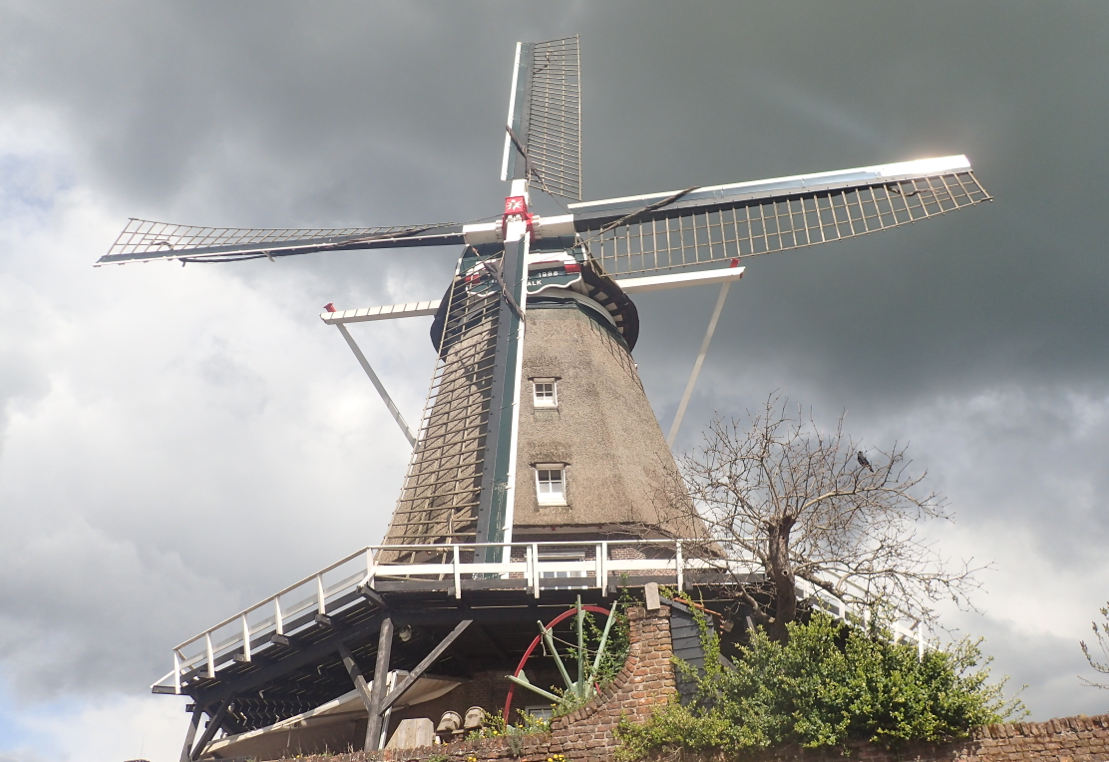40° summer days will be more common in NL as climate changes

Dutch summers will be warmer and winters wetter as the earth heats up, the Dutch meteorological institute KNMI said in its latest climate forecasts on Monday.
The KNMI says the implications of climate change are “major” for the Netherlands, even in the most optimistic scenario. “It will be warmer every season, with more tropical days and fewer occasions when it freezes all day,” the agency said. `
The previous forecasts date from 2014 and the new ones, based on four different scenarios, are derived from the United Nations IPCC report issued earlier this year.
The number of days when the temperature tops 25°, currently around 28, will go up to at least 40 in the most optimistic scenario, the KNMI said. In the worst case, the number of hot summer days will top 49 by 2050 and 89 by 2100 – triple the current total.
Heatwaves with temperatures of 40° and above will also be more common.
In the winter, there will be fewer full days of sub-zero temperatures – dropping from an average of six now to three by 2050 in the worst case.
Rising sea levels will also have an impact, with an increase of between 26 and 73 centimetres by the end of the century in the best case.
Even if emissions of greenhouse gases end now, the sea level will continue to rise for some time because the ice caps react more slowly to temperature changes, the KNMI said.
KNMI scientists also looked at the impact on the Dutch Caribbean islands of Bonaire, Sint-Eustatius and Saba where it will be hotter and drier. Sint-Eustatius and Saba will also be more vulnerable to hurricanes, the researchers said.
The Dutch climate is already becoming warmer and the weather is becoming more extreme, KNMI director Maarten van Aalst said. “The Netherlands, too, has to prepare for increasingly severe weather. As a result, better and earlier warnings are becoming increasingly important.”
Global forecast
The world is warming up more quickly than hoped and without drastic action, global temperatures will have risen by 1.5 Celsius some 10 years earlier than expected, according to the sixth Intergovernmental Panel on Climate Change (IPCC) report, which was published in March.
To reach the 1.5-degree Paris target, global greenhouse gas emissions need to be more than 40% lower by 2030 than in 2019, said the IPCC, which is made up of some of the world’s leading experts on climate change.
The Dutch government has set a target of a 49% reduction in greenhouse gas emissions by 2030, compared to 1990 levels, and a 95% reduction by 2050.
Some 26% of the Netherlands is below sea level and a further 29% is susceptible to river flooding. The Dutch coast is protected by a complicated system of dykes, seawalls and sluices built after the devastating floods of 1953 which left over 1,800 people dead.
Thank you for donating to DutchNews.nl.
We could not provide the Dutch News service, and keep it free of charge, without the generous support of our readers. Your donations allow us to report on issues you tell us matter, and provide you with a summary of the most important Dutch news each day.
Make a donation